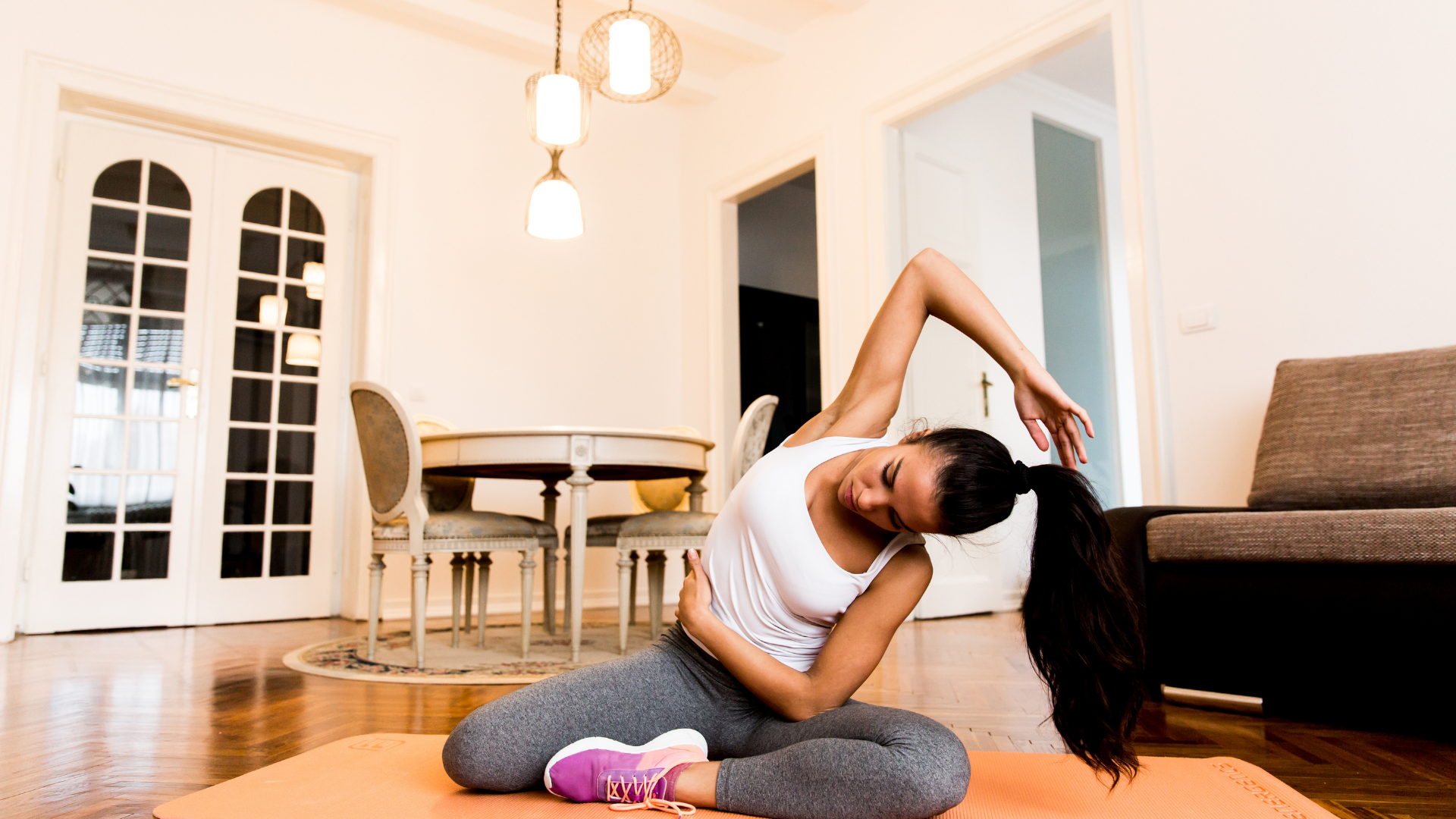How To Make The Most Of Your Workouts Based On Your Menstrual Cycle
Did you know that women’s soccer teams are syncning their menstrual cycles to their training schedule in order to maximize the efficiency of their workouts?
It started with Chelsea FC's women's team back in 2020 and the England National Women’s team, the Lionesses, also confirmed it was their training method — they just won the European Championship, so we guess there’s something to this training method?! It's pretty cool stuff and you can utilize the same principles to make the most of your own workouts (and to enjoy them more!).
Your menstrual cycle has a huge impact on so many areas of your life, and although this can feel like a huge annoyance when struggling with hormonally charged mood swings, acne, and marked changes in appetite, we can use our monthly cycles to our advantage when planning what to focus on in our workout.
Every 28 days (give or take a week based on your particular cycles) your body goes through a lot of fluctuations, with your progesterone and estrogen levels rising and falling to ensure that the biological mechanisms of ovulation and menstruation keep ticking on. You're probably already very familiar with the physical, mental, and emotional changes that come with these hormone fluctuations — but understanding those changes is exactly what will help you plan your workouts accordingly. Let’s get into it.
How to make the most of your workouts based on your menstrual cycle:
This post will walk you through the 4 main stages of your monthly cycle (menstruation, the follicular phase, ovulation, and the luteal phase) and outline how each stage can help or hinder your training plan.
We've used an average 28-day cycle, for example, so your number of days might vary based on the length of your menstrual cycle.
The menstrual stage: stay active, but reduce the intensity
Lasting from days 1 to 6 of your menstrual cycle, this is the stage when you are likely to experience a number of uncomfortable physical symptoms, namely your 'period'. Aside from the physical effects of blood loss, you may also experience cramps, joint and muscle pain, headaches, bad moods, and low energy levels, all of which may disrupt your usual physical activity.
Although you may not feel super enthusiastic about working out at this time, working out whilst on your period can actually alleviate your symptoms, helping with fatigue, mood swings, increasing circulation, and giving a natural endorphin high that elevates your mood and even acts as a natural painkiller.
It’s still recommended that you reduce the intensity of your workouts during this time, so the best forms of exercise during this time are light cardio, shorter stints of aerobic exercise, swimming, and yoga.
One study has found that women report their perceived exertion when exercising on their period as being higher than usual, however, one surprising side effect of naturally lower levels of estrogen (which happens when you're on your period) is that it can actually make you feel stronger, so if you’re feeling up to it you might find you actually perform better during strength training.
The follicular phase: go for feel good workouts & longer warm ups
During this stage of your menstrual cycle — usually from days 7 to 11 — your hormone levels are rising to prepare you for ovulation. This is usually regarded as a more feel-good time, making it much easier to motivate yourself, challenge yourself or maybe try something new - or in other words, you can do whatever exercise you like!
However, one study found that women are actually three to six times more likely than men to suffer certain musculoskeletal injuries during this phase, particularly tendon and ACL/knee injuries due to heightened levels of estrogen. Therefore, make sure to concentrate on longer warm-up exercises during this time and don’t overstretch to reduce your risk of injury.
Ovulation: higher intensity here you come
Occurring anywhere from days 12 to 19 of your menstrual cycle estrogen, and actually testosterone levels spike. This makes you feel more confident, competitive, and more likely to take risks (it also increases your libido to help with that baby-making biz if that's where you're at).
Use this good energy boost to attempt those higher-intensity workouts. Push yourself and try to take advantage of your increased endurance and higher pain tolerance to strive for that personal best!
The luteal phase: focus on lower intensity & recovery
The last stage, lasting from days 20 to 28, causes a smaller spike in estrogen as ovulation and progesterone reach their highest peak. This is when you are likely to experience PMS symptoms. The most important ones to accommodate for when adjusting your workout include falling energy levels and disrupted sleep, higher core temperature, and water retention.
During the luteal phase due to fluid retention changes, less oxygen is delivered to your muscles, and that contributes to early feelings of fatigue. This might lead to small weight gain, a reduction in sweat production (so it's more difficult to naturally cool yourself), a rise in core body temperature, and your heart having to work slightly harder than normal.
All of this to say, lower intensity workouts at this stage are what to aim for. It's not that you can't handle higher intensity routines, but it's a great time to let your body recover as you will likely experience reduced endurance and be quicker to fatigue. It also means that it is even more important than usual to make sure you keep hydrated and cool when exercising.
Schedule your rest days for this time when possible or do activities that are more relaxing such as yoga or Pilates in order to relieve cramps and muscle fatigue.
Have you tried modifying your workouts based on your menstrual cycles? Has it made a difference to your training? Share your experiences in the comments below!

